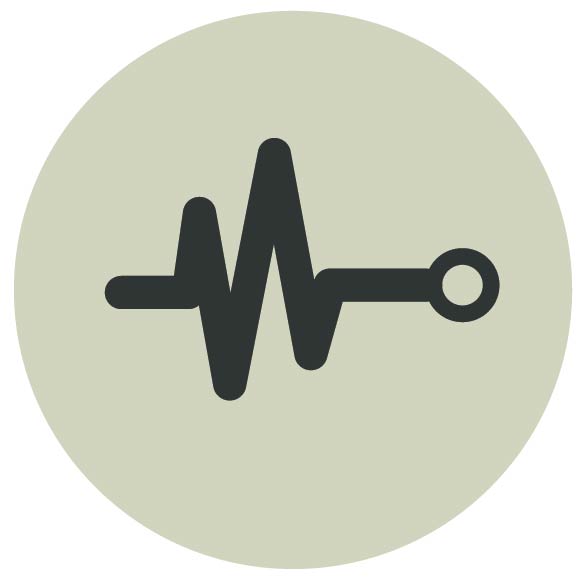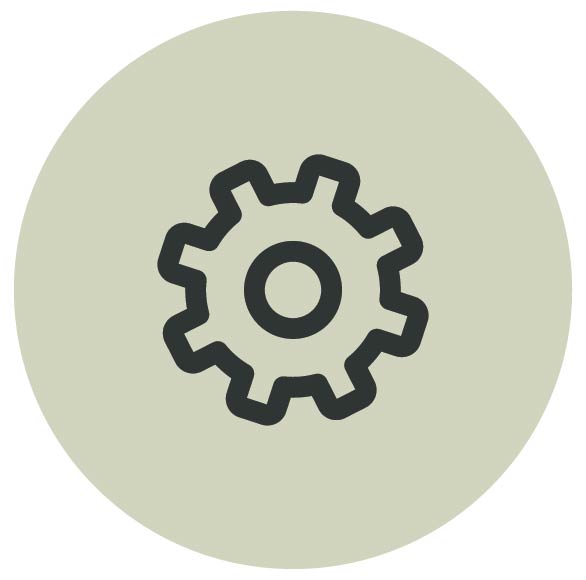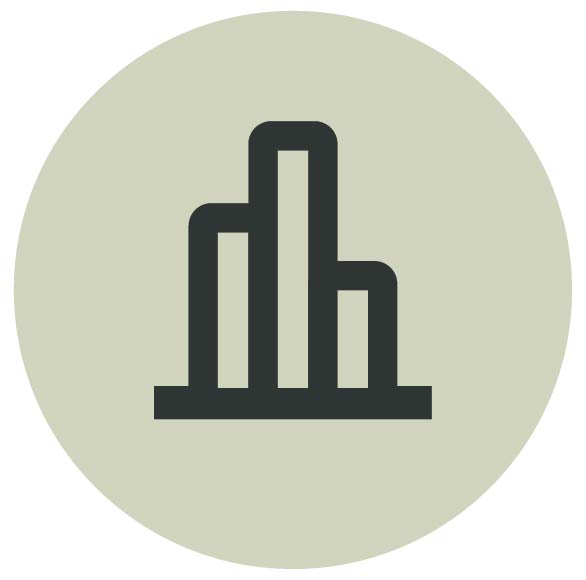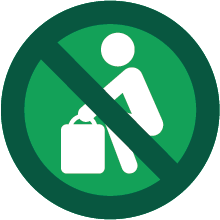Scleroderma causes an unusual growth in the connective tissue responsible for the body’s shape and strength. The thickening and tightening of the skin can lead to problems with other body organs, digestive tracts, and blood vessels and cause severe problems such as shortness of breath and high blood pressure.
The content on this page is provided solely for information purposes and provides an overview of the subject matter covered. It is not a substitute for professional medical advice, diagnosis or treatment. If you think you have scleroderma, please seek further information. The information on this page is subject to change without notice.
Scleroderma is an invisible disability
 2.5 million people worldwide live with Scleroderma
2.5 million people worldwide live with Scleroderma It is different for each person
It is different for each person Not visible scleroderma is not visible to the naked eye
Not visible scleroderma is not visible to the naked eye No known cause what causes scleroderma is not known
No known cause what causes scleroderma is not known In scleroderma the body’s immune system attacks its own tissues
In scleroderma the body’s immune system attacks its own tissues Average age of onset is between 30 to 50 years
Average age of onset is between 30 to 50 years It is an autoimmune condition
It is an autoimmune condition
Symptoms of Scleroderma
The symptoms of scleroderma are characterised based on the organ or area of the body affected. Some of which can be minor or life-threatening, depending on what organs have been affected by the condition. Highlighted below are common symptoms of Scleroderma:
Skin
Often, the skin shows the first visible signs of the condition. It begins to thicken or become unusually dark in some spots. Some other skin symptoms of Scleroderma include:
- Oval or straight-line patches all over the skin
- Restricted movement when pulled
- Unusual shining and glittering
- Skin ulcer
- Swelling, thickening, and tightening of the skin
Finger and toes
Restriction in the blood can permanently damage the extremities and cause sores and other symptoms. Discolouration, especially after exposure to cold surfaces, is a common symptom of the condition. Here are a few other signs that fingers and toes show when this condition affects the body.
- Colour changes
- Swelling
- Numbness
- Pain
Digestive system
Some people with this condition may encounter problems with digestion and may not readily absorb nutrients from food. Other symptoms associated with digestion may include:
- Heartburn
- Difficulty in swallowing
- Bloating and constipation
- Diarrhoea
Internal organs
The internal organs of persons with this disability may suffer complications that impact their ability to perform normal body functions. This may result in these symptoms.
- Shortness of breath
- Decreased tolerance to physical activity
- Scarring in the tissues of the lungs
- Dizziness
- Irregular heartbeats
- High blood pressure
Other symptoms
- Loss of weight due to inability to swallow food
- Excess fluid in feet
- Dental decay
- Narrow mouth and face
- Significant changes in sleeping and appetite
Living with Scleroderma and challenges faced in daily life
People living with scleroderma face several unique challenges, including inaccessibility to disability-specific educational and support resources. The condition frequently takes a toll on the carrying out day to day activities and affects relationships with others. Here are a few effects and challenges faced by people living with this condition
- Considerable impact on day-to-day activities due to shortness of breath, fatigue, pain, cold intolerance, and stiffness of body extremities
- Concern about school, job, and employment as a result of having Scleroderma
- May avoid public gatherings due to visible symptoms that may attract undue attention
- Discrimination in Workplace and school
- Challenges with mental health and ability to manage emotions
- Reduced productivity
- Social withdrawal and loss of interest in activities
- Rapid changes in mood swings
Assistance and support you can offer
Scleroderma, like other non-visible disabilities, is different for everyone, it is impossible to generalise the below recommendation for all.
The symptoms of scleroderma can present challenges for people living with the condition, and each person may be affected by scleroderma differently. To offer your support, you must find out about the condition. Here are ways to adjust and offer your support.
- Find out about Scleroderma and how it may affect someone’s outcome now and in the future.
- Show respect and allow them to make their own decisions regarding their condition
- Don’t assume they cannot do something for themselves, instead ask them how you can assist
- Accept that you don’t really understand how they may feel
- Respect their needs to be alone or not want to talk
Look out for these Sunflower icons
 I may need more time
I may need more time I cannot stand for long periods of time
I cannot stand for long periods of time I may need a place to sit down and rest
I may need a place to sit down and rest I may need urgent access to the closest toilet facility
I may need urgent access to the closest toilet facility I may need help lifting or carrying
I may need help lifting or carrying I have a hidden disability
I have a hidden disability
The content on this page is provided solely for information purposes and provides an overview of the subject matter covered. It is not a substitute for professional medical advice, diagnosis or treatment. The information on this page is subject to change without notice.
The content on this page has been kindly reviewed by Scleroderma Australia (Jan 2023)
For further information, please visit https://www.sclerodermaaustralia.com.au/
Scleroderma Australia has been incorporated since 2005 to facilitate a national representative voice in supporting our scleroderma community across Australia. Delegates from the states make up our governing Committee. The purpose of their association is to:
- Coordinate and promote scleroderma awareness across Australia
- Increase community support and engagement for people with scleroderma and their families
- Advocate for people with scleroderma for improved patient outcomes
- Coordinate funding for scleroderma research across Australia
- Support state associations to provide successful and sustainable outcomes.



